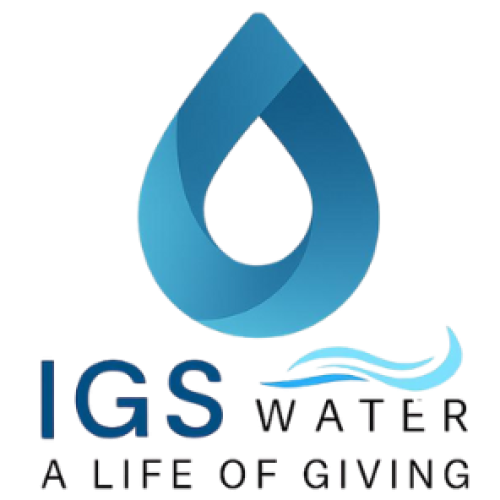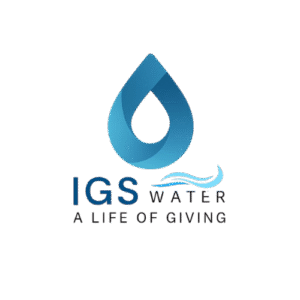As the global population continues to rise and urban areas expand, the demand for sustainable food production has never been greater. Traditional agriculture is increasingly challenged by limited arable land, unpredictable climate conditions, and the overuse of water resources. In response, vertical farming has emerged as a revolutionary solution — using controlled environments and stacked systems to produce food efficiently in cities and non-traditional farming areas.
But while vertical farming saves space and significantly reduces water use, one critical factor determines its success: effective water management.
The Water Challenge in Vertical Farming
Unlike traditional farming, where soil acts as a buffer, vertical farming relies heavily on hydroponic or aquaponic systems where water is the lifeline. Every drop of water carries the nutrients that plants need to grow, and the health of crops depends entirely on the quality, circulation, and oxygenation of that water.
Poorly managed water systems can cause:
- Stunted plant growth due to low dissolved oxygen levels
- Algae and biofilm buildup in irrigation lines and tanks
- Root diseases such as Pythium caused by stagnant or contaminated water
- Reduced yields and efficiency that undermine the benefits of vertical farming
This is where IGS Water’s technology makes a difference.
How IGS Water Enhances Vertical Farming
At IGS Water, we provide advanced solutions that directly address the unique water challenges of vertical farming. Through our nanobubble technology and aeration systems, we ensure water remains oxygen-rich, clean, and consistently circulating — creating an environment where plants can thrive.
1. Enhanced Oxygenation for Root Health
Roots require oxygen to efficiently absorb nutrients. In many vertical farms, low dissolved oxygen (DO) can limit root development and slow plant growth. Our nanobubble systems deliver ultra-fine oxygen bubbles that penetrate deep into the root zone, increasing nutrient uptake and improving crop vigor.
2. Natural Algae and Biofilm Control
Algae growth and biofilm buildup are common problems in nutrient tanks and irrigation systems. They not only block water flow but also compete with crops for oxygen and nutrients. By maintaining high DO levels and stable circulation, IGS systems naturally reduce algae growth — minimizing maintenance and eliminating the need for chemical treatments.
3. Water Efficiency and Sustainability
Water scarcity is one of the biggest challenges in agriculture. Vertical farming is already more efficient than traditional farming, but IGS Water technology takes efficiency a step further. By improving oxygen transfer and reducing water stagnation, our systems help farmers maximize the use of every drop while ensuring long-term sustainability.
4. Supporting Safer, Cleaner Food Production
With increasing demand for chemical-free and organic produce, vertical farms need solutions that protect crops without introducing harmful substances. IGS technologies are chemical-free, environmentally friendly, and safe — supporting clean, fresh, and high-quality food production for urban consumers.
Why Vertical Farming Needs IGS Water
Vertical farming is often celebrated for its efficiency and sustainability, but its future depends on reliable water technology. Without oxygen-rich, well-circulated water, the system can quickly fail — resulting in unhealthy crops, high operating costs, and wasted resources.
By partnering with IGS Water, vertical farmers gain access to technologies that:
- Improve crop yields and growth rates
- Reduce operational costs through lower maintenance and fewer chemicals
- Ensure long-term water sustainability
- Support healthier and safer food for communities
Building the Farms of Tomorrow
Vertical farming is not just a trend — it is a necessary solution for global food security. As urban populations grow and climate challenges intensify, these innovative farms will play a critical role in feeding the world.
At IGS Water, we are proud to be part of this transformation. By delivering advanced water aeration and nanobubble technologies, we empower vertical farmers to overcome water challenges and achieve consistent, sustainable success.
Together, we can grow more food with less land, less water, and fewer resources — building a future where farming and sustainability go hand in hand.

